Complete Guide to Gilgit Tourism: Hidden Gems & Essential Travel Tips
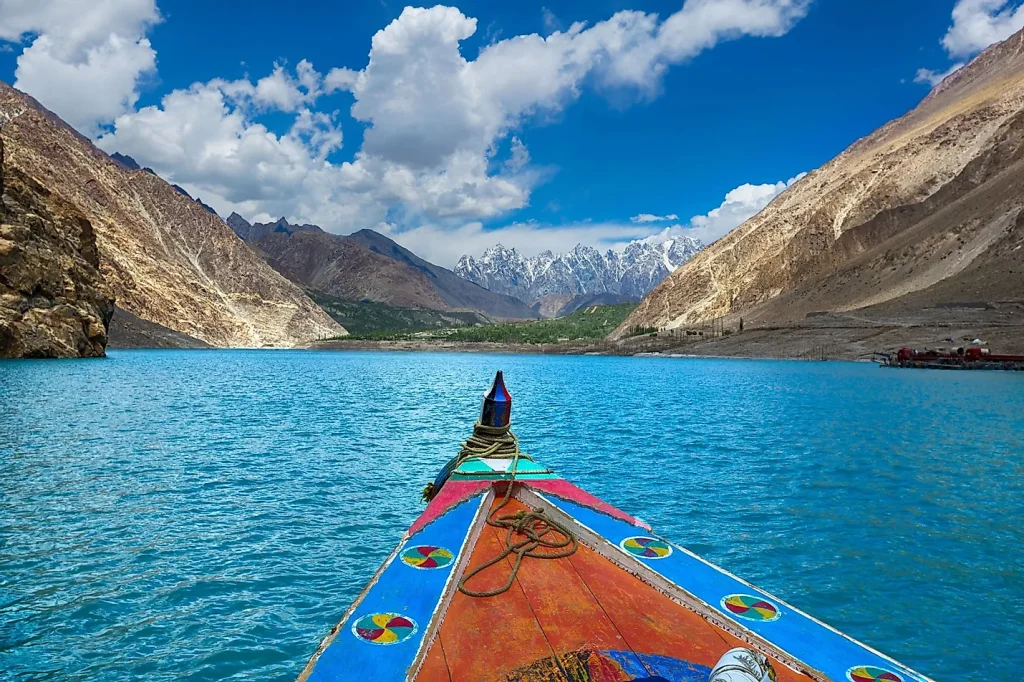

Image Credit: www.imusafir.pk
Gilgit-Baltistan is where Pakistan’s raw natural beauty meets rich cultural heritage. Yet, planning a trip here can feel overwhelming. Conflicting information, unpredictable weather, and challenging terrain can turn even the most enthusiastic traveler into a hesitant planner.
That’s where this guide comes in.
We’ve combined first-hand travel experience, verified data from the Gilgit-Baltistan Tourism Department, and insider tips from local guides to help you craft the perfect Gilgit tourism itinerary.
In the next sections, you’ll discover:
- The best times of year for Gilgit tourism, based on climate and activities
- Exactly how to get there — by air, road, or private transport
- The top destinations, hidden gems, and cultural experiences you can’t miss
- Safety, budget, and sustainability tips for a smooth journey
Whether you’re a first-time visitor or a returning traveler, this complete guide will give you the clarity and confidence you need to make the most of your Gilgit tourism adventure.
Listen to the audio version of this blog
Why Gilgit Tourism Should Be on Your Travel Bucket List
Unique Geographic Position Where Three Mountain Ranges Meet
Gilgit sits at the confluence of the Karakoram, Himalayas, and Hindu Kush — a meeting point unmatched anywhere else in the world. This unique geography creates dramatic landscapes, from towering peaks like Nanga Parbat to fertile valleys lined with apricot orchards. For travelers interested in geology, mountaineering, or simply awe-inspiring views, Gilgit tourism offers an unmatched setting.
Rich Cultural Heritage and Diverse Communities
The region is home to diverse ethnic groups, including Hunzakuts, Baltis, Shins, and Wakhi people. Each community has its own language, traditions, and cuisine. From the historic Baltit Fort to the centuries-old rock carvings along the Karakoram Highway, Gilgit tourism provides deep cultural immersion opportunities. Visitors are often struck by the hospitality and warmth of locals, a defining feature of the region’s identity.
Adventure Activities from Beginner to Expert Level
Whether you’re a casual hiker or an experienced mountaineer, Gilgit has something for you. The region offers gentle valley treks for beginners, high-altitude expeditions for seasoned climbers, and adventure sports like white-water rafting, paragliding, and mountain biking. Many tours combine cultural visits with adventure activities, making Gilgit tourism a balanced and rewarding experience for mixed-interest groups.
Best Time to Visit Gilgit for Optimal Tourism Experience
Spring Season (March–May): Blossom Tourism and Mild Weather
Spring transforms Gilgit-Baltistan into a colorful wonderland. Cherry and apricot blossoms blanket valleys like Hunza and Nagar, creating postcard-perfect views. The weather is mild, ranging between 10°C to 20°C, ideal for sightseeing without the crowds of peak summer. Many travelers consider spring the best time for Gilgit tourism if they want a quieter, more intimate experience.
- Highlights:
- – Cherry blossom festivals in Hunza
- – Clear skies for photography
- – Comfortable trekking conditions at lower altitudes
Summer Season (June–August): Peak Tourism and Adventure Activities
Summer is the busiest period for Gilgit tourism. Temperatures in the valleys range from 15°C to 30°C, making it perfect for trekking, road trips, and high-altitude exploration. The Karakoram Highway is fully open, and remote destinations like Khunjerab Pass become accessible. Expect higher accommodation rates and book well in advance.
- Ideal for trekking to Fairy Meadows and Naltar Valley
- Access to Deosai National Park at its greenest
- Local festivals and cultural events in full swing
Autumn Season (September–November): Golden Landscapes and Fewer Crowds
Autumn in Gilgit-Baltistan paints the valleys in shades of gold, orange, and red. Poplar and apricot trees shed their leaves against a backdrop of snow-dusted peaks, creating breathtaking contrast. With daytime temperatures between 8°C and 18°C, this is an excellent time for trekking without the summer crowds. For photographers, Gilgit tourism in autumn offers some of the best natural lighting of the year.
- Perfect season for landscape and cultural photography
- Lower accommodation prices compared to peak summer
- Harvest festivals showcasing local produce and traditions
Winter Season (December–February): Snow Tourism and Unique Experiences
Winter turns Gilgit and surrounding valleys into a snow-covered wonderland. While some high passes close due to heavy snowfall, winter tourism in Gilgit focuses on skiing at Naltar Valley, frozen lake photography, and experiencing cultural life in remote villages during the colder months. Temperatures can drop below freezing, so proper preparation is essential.
- Winter Highlights:
- – Skiing and snowboarding in Naltar
- – Frozen Attabad Lake photography
- – Cozy homestays with traditional heating
How to Reach Gilgit: Complete Transportation Guide for Tourism
Flying to Gilgit: PIA Flight Details and Booking Tips
The fastest way to access Gilgit tourism destinations is by air. Pakistan International Airlines (PIA) operates daily flights from Islamabad to Gilgit and Skardu. Flights take about 1 hour but are highly weather-dependent, so delays and cancellations are common. Booking at least 3–4 weeks in advance is recommended, especially during summer.
- Flight duration: ~60 minutes from Islamabad
- Morning flights have better chances of operating on time
- Window seats offer stunning aerial views of the Karakoram peaks
Road Travel to Gilgit: Karakoram Highway Journey and Bus Options
For those who prefer scenic over speed, the Karakoram Highway (KKH) offers one of the most dramatic road trips in the world. The journey from Islamabad to Gilgit takes 14–18 hours by car or bus, passing through Abbottabad, Besham, Chilas, and Jaglot. Bus options include NATCO, Faisal Movers, and private tour operators.
- Tips for Road Travel:
- – Choose an overnight bus for efficiency, but be prepared for winding roads
- – Stop at viewpoints like Nanga Parbat View Point for photographs
- – Keep snacks and water handy as roadside options can be limited
Private Transport and Rental Car Options for Gilgit Tourism
Hiring a private vehicle offers flexibility to explore side valleys and off-the-beaten-path destinations. Many travelers arrange a 4×4 rental from Islamabad or Gilgit itself, often with a local driver who understands the terrain. While more expensive, this option allows you to control your schedule and access remote spots where public transport doesn’t reach.
- 4×4 rental with driver: PKR 8,000–12,000 per day (approx.)
- Self-drive not recommended for first-time visitors due to challenging roads
- Fuel stations are sparse in remote valleys — fill up in major towns
Top Gilgit Tourism Destinations You Cannot Miss
Hunza Valley: Crown Jewel of Gilgit Tourism
Hunza Valley is the most celebrated destination in Gilgit-Baltistan, famous for its snow-capped peaks, turquoise lakes, and vibrant cultural life. Villages like Karimabad and Gulmit offer boutique hotels, organic food, and stunning viewpoints like Eagle’s Nest. Attabad Lake is a must-visit for boating and photography, while Baltit and Altit forts reveal centuries of history.
- Best visited: Spring for blossoms, Autumn for golden leaves
- Popular activities: Boating, hiking, cultural tours
- Nearby attractions: Hopper Glacier, Passu Cones, Khunjerab Pass
Skardu Region: Gateway to World’s Highest Peaks
Skardu serves as the base for treks to K2, Broad Peak, and Gasherbrum. The region is also home to serene lakes like Shangrila (Lower Kachura), Upper Kachura, and Sadpara. Skardu’s Shigar and Khaplu forts blend history with boutique hospitality, offering insight into Balti culture.
- Access: By air from Islamabad (weather permitting) or via KKH and Skardu Road
- Best for: Trekkers, photographers, and culture enthusiasts
- Don’t miss: Deosai National Park day trip from Skardu
Deosai National Park: High Plateau Highlight of Gilgit Tourism
At 4,000 meters on average, Deosai National Park is a signature experience of Gilgit tourism. Known as the Land of Giants, its rolling meadows, mirror lakes, and wide skies feel otherworldly. In summer, wildflowers carpet the plains and Himalayan brown bears forage near streams, making wildlife sightings possible with patience and distance.
- Access window: June to September for reliable road conditions
- What to bring: windproof layers, sun protection, extra water
- Pro tip for Gilgit tourism: start early from Skardu to enjoy quiet lakeside stops at Sheosar
Fairy Meadows: Iconic Trek of Gilgit Tourism Facing Nanga Parbat
Fairy Meadows delivers one of the most dramatic views in Gilgit tourism, the north face of Nanga Parbat. The standard route begins with a jeep track to Tattu village, followed by a moderate 2 to 3 hour hike to the meadows. Clear nights reveal a luminous Milky Way above the Killer Mountain, a bucket list photo for many travelers.
- Fairy Meadows tips for Gilgit tourism:
- – Hire registered jeeps at Raikot Bridge and confirm prices upfront
- – Pack warm layers, temperatures drop quickly after sunset
- – Stay at least one night to catch both sunset and sunrise on Nanga Parbat
Adventure Activities and Experiences in Gilgit Tourism
Trekking and Mountaineering in Gilgit Tourism
From beginner valley walks to expert expeditions, trekking anchors Gilgit tourism. Popular short hikes include Minapin to Rakaposhi Base Camp and Passu Glacier viewpoints. For advanced trekkers, the Baltoro Glacier and K2 Base Camp are lifetime goals that require guided logistics, proper acclimatization, and insurance that covers high altitude.
- Beginner friendly: Borith Lake boardwalk, Hoper Glacier viewpoints
- Intermediate: Rakaposhi BC, Rush Lake, Patundas meadows
- Advanced: Baltoro, K2 BC, Snow Lake, Gondogoro La with licensed operators
Mini case study in Gilgit tourism: a mixed group with 6 hikers completed Rush Lake in 3 days by starting early, carrying microspikes for icy patches, and building a 30 percent time buffer for weather holds. Result: zero evacuations, on time summit morning, happy legs.
Cultural Tourism in Gilgit Tourism: Forts, Museums, and Communities
Cultural depth sets Gilgit tourism apart. Explore restored heritage at Baltit and Altit forts, then visit Shigar and Khaplu for Balti architecture and museum rooms curated with local histories. Add community led craft experiences in Hunza and Skardu to see gemstone cutting, woodwork, and traditional music in intimate settings.
- Respect norms in Gilgit tourism: ask before photographing people or private homes
- Support local: purchase crafts directly from artisans where possible
- Learn a greeting: a simple salaam opens doors in village tea houses
Photography Tourism in Gilgit Tourism: Best Spots and Timing
Gilgit tourism offers year round frames. Spring blossoms in Hunza and Nagar, golden poplars in October, blue hour at Attabad, and winter ice at Upper Kachura all deliver distinct looks. For night sky shots, plan around new moon dates and bring a sturdy tripod.
- Quick list, Gilgit tourism photo hits:
- – Eagle’s Nest sunrise above Karimabad
- – Passu Cones from the Hussaini suspension bridge road bend
- – Sheosar Lake reflections on windless mornings in Deosai
Water, Air, and Road Adventures in Gilgit Tourism
Adventure variety keeps Gilgit tourism fresh. Boating at Attabad Lake is family friendly, while white water rafting near Gilgit river sections runs seasonally with operators. Paragliding appears intermittently around Hunza events, so confirm schedules. Emerging options include mountain biking tours on back roads above Gulmit.
- Safety first in Gilgit tourism: choose operators with helmets, PFDs, radios
- Confirm wind conditions for paragliding and check pilot licensing
- Carry basic spares if renting bikes in remote valleys
FAQ on Gilgit Tourism
What is the best time to visit in Gilgit Tourism?
Spring, March to May, brings blossoms and mild temperatures. Summer, June to August, offers full access to high passes and meadows. Autumn, September to November, delivers golden foliage with thinner crowds. Winter, December to February, focuses on Naltar skiing and village life. Match your Gilgit tourism goals to the season you prefer.
How safe is travel for international visitors in Gilgit Tourism?
Most itineraries proceed without incident when travelers follow local guidance, register where required, and monitor weather related advisories. Use reputable transport, avoid driving at night on mountain roads, and keep permits and identification handy as part of standard Gilgit tourism practice.
What should I pack for a trip in Gilgit Tourism?
Layered clothing, waterproof shell, sturdy footwear, sun protection, refillable bottle, portable charger, and basic medicines. For treks in Gilgit tourism, add headlamp, trekking poles, microspikes in shoulder seasons, and altitude friendly snacks.
How much does a typical week cost in Gilgit Tourism?
Budgets vary. As a simple frame for Gilgit tourism, expect per person per day: PKR 6,000 to 10,000 for budget, PKR 10,000 to 20,000 for mid range, and PKR 20,000 plus for premium, excluding major expeditions. Costs shift with season, transport mode, and activity choices.
Do I need permits or special documents in Gilgit Tourism?
Standard domestic travel generally requires national identification. Some treks and border zones may need permits, especially near Khunjerab and certain valleys. Check the latest notices before starting your Gilgit tourism route and coordinate with licensed operators where required.
What are the top must see highlights in Gilgit Tourism?
Hunza Valley viewpoints, Attabad Lake, Baltit and Altit forts, Skardu lakes, Deosai National Park, Fairy Meadows facing Nanga Parbat, and day hikes above Gulmit. Tailor your Gilgit tourism picks to season and fitness level.
How do I travel from Islamabad in Gilgit Tourism?
Fly with PIA when weather cooperates, about one hour, or take the Karakoram Highway by bus or private car, 14 to 18 hours. For flexibility in Gilgit tourism, consider a private 4×4 with an experienced local driver.
What cultural experiences define Gilgit Tourism?
Heritage forts, village tea stops, local music evenings, seasonal festivals, and artisan workshops. Approach with curiosity and respect, and Gilgit tourism will reward you with memorable human connections.
Where to Stay: Accommodation Guide for Gilgit Tourism
Luxury Resorts and Hotels in Gilgit Region
For travelers seeking premium comfort, Gilgit tourism offers high-end stays like Serena Gilgit and Shangrila Resort Skardu. These properties combine modern amenities with panoramic views, fine dining, and curated cultural programs.
- Expect rates from PKR 25,000+ per night
- Book at least a month in advance during summer
- Many offer airport transfers and guided day tours
Mid-Range Guest Houses and Local Homestays
Mid-range accommodations dominate Gilgit tourism’s hospitality scene, balancing comfort with affordability. Guest houses in Karimabad, Gulmit, and Skardu often include breakfast and arrange local guides.
- Rates average PKR 6,000–12,000 per night
- Great for travelers seeking authentic local interaction
- Wi-Fi and hot water vary by property — confirm before booking
Budget Accommodation and Camping Options
For budget-conscious travelers, Gilgit tourism includes hostels, basic inns, and camping spots. Many trekkers camp at Fairy Meadows, Rush Lake, or Deosai for cost savings and immersive nature experiences.
- Tips for budget stays:
- – Carry a sleeping bag for hygiene and warmth
- – Confirm if camping permits are needed in protected areas
- – Keep cash; card facilities are limited outside major towns
Practical Tips for Successful Gilgit Tourism
Altitude Sickness Prevention and Health Preparations
With elevations exceeding 3,000 meters in many spots, altitude awareness is essential for Gilgit tourism. Ascend gradually, hydrate, and avoid heavy exertion on arrival days. Consider carrying acetazolamide (Diamox) after consulting a doctor.
Cultural Etiquette and Local Customs Respect
Dress modestly, especially in rural areas, and seek permission before photographing people. A respectful attitude toward local traditions enhances your Gilgit tourism experience and builds rapport with hosts.
Safety Guidelines and Emergency Contacts
Mobile coverage can be patchy in remote areas. Share your itinerary with someone reliable and keep the following Gilgit tourism emergency numbers handy:
- Tourist Police GB: +92-5811-920400
- Rescue 1122: Dial 1122 from any network
- Local Hospital (DHQ Gilgit): +92-5811-920198
Sustainable Tourism Practices in Gilgit
Gilgit tourism thrives on pristine landscapes and local hospitality. Minimize waste, carry reusable bottles, and choose eco-conscious operators who reinvest in the community.
Gilgit Tourism Budget Planning and Cost Breakdown
Transportation Costs and Money-Saving Tips
Domestic flights: PKR 15,000–25,000 round trip from Islamabad. Bus travel: PKR 4,000–7,000 per seat. Private 4×4 rentals average PKR 8,000–12,000 per day. Save by traveling off-season and booking transport as a group.
Accommodation Pricing Across Different Seasons
Summer rates can be 30–50% higher than spring or autumn. Winter brings steep discounts but limited accessibility to certain locations.
Food, Activities, and Miscellaneous Expenses
Local meals cost PKR 500–1,200. Guided day tours range from PKR 5,000–15,000. Budget for entrance fees to forts and parks, typically PKR 200–1,000.
Hidden Gems and Off-the-Beaten-Path Gilgit Tourism Spots
Lesser-Known Valleys and Remote Villages
While Hunza and Skardu dominate itineraries, valleys like Ghizer, Astore, and Phander offer equally captivating scenery with fewer tourists. Gilgit tourism in these regions means slower travel, deeper connections, and unspoiled views.
Secret Photography Locations and Viewpoints
Look beyond Instagram-famous spots. Early mornings at Borith Lake, sunset over Hoper Glacier, and the ridge above Gulmit offer spectacular but often overlooked perspectives.
Local Festival Participation and Cultural Experiences
Time your visit for events like the Shandur Polo Festival or Navroz celebrations in Hunza to witness traditional music, dance, and sports up close.
Your Next Steps for an Unforgettable Gilgit Tourism Experience
Gilgit-Baltistan is not just a destination, it’s a journey into one of the most spectacular regions on Earth. Towering peaks, crystal-clear lakes, ancient forts, and warm, hospitable communities create a travel experience that feels both adventurous and deeply human. Every valley has its own story, every trail its own challenge, and every cup of tea its own warmth.
By combining careful planning with a spirit of curiosity, Gilgit tourism can reward you with moments that stay with you for a lifetime — the stillness of Sheosar Lake at sunrise, the golden glow over Passu Cones at dusk, the laughter shared with locals in a village courtyard. This guide has given you the tools, tips, and insider knowledge to make your trip smoother, safer, and richer in experiences.
Now is the time to take action. Decide your travel season, secure your transport, and start reaching out to trusted local guides who can open doors to places most tourists never see. Every step you take in preparation will pay off in the form of stress-free travel and authentic, memory-filled days.
Whether you want to trek to high-altitude camps, wander through historic forts, photograph landscapes in perfect light, or simply sit with a mountain view and a warm cup of chai, Gilgit tourism offers it all — and more.
Ready to begin? Download our free Gilgit tourism packing checklist, bookmark this guide for reference, and connect with vetted local guides today to set your adventure in motion.
Author: ZunNurain Khalid, Travel Writer & Northern Pakistan Specialist with 5+ years of field experience in Gilgit-Baltistan. Collaborated with local guides, tourism boards, and hospitality providers for accurate, first-hand content.

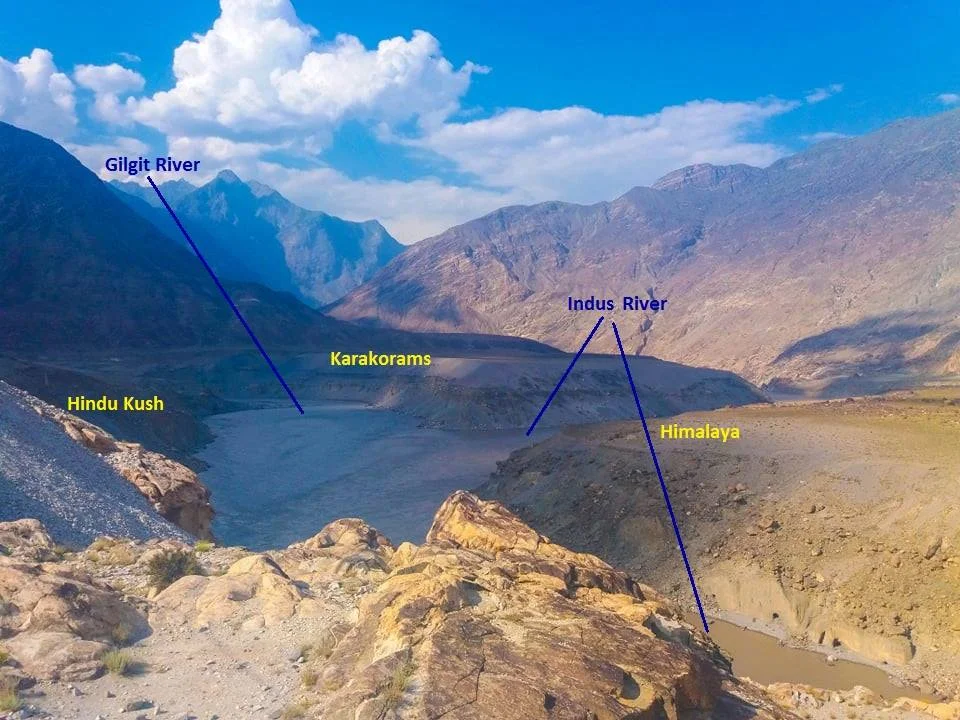
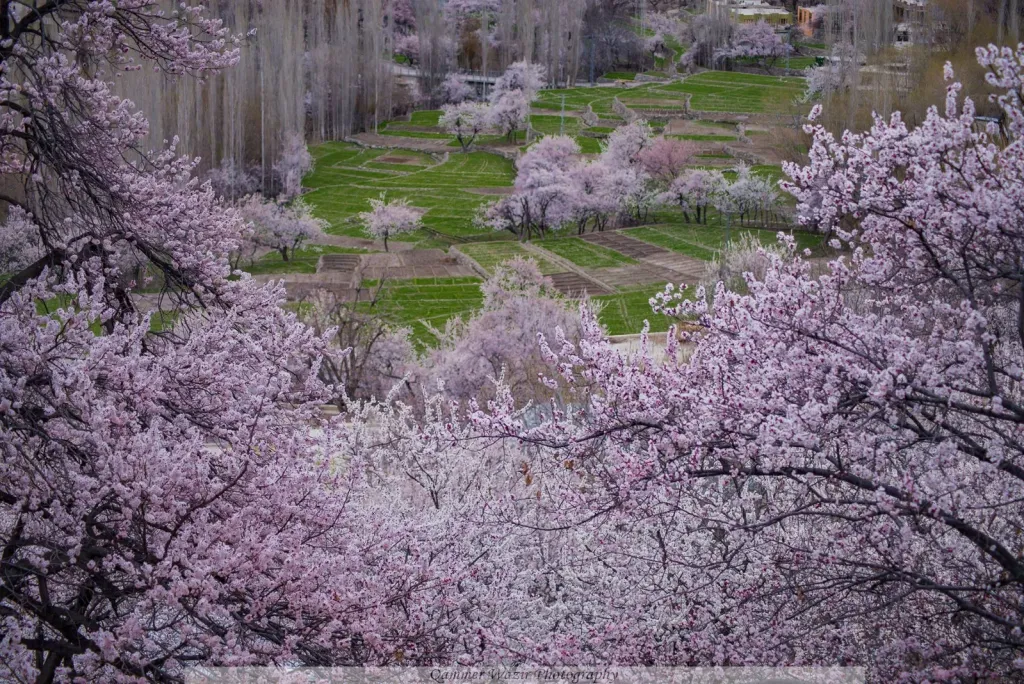

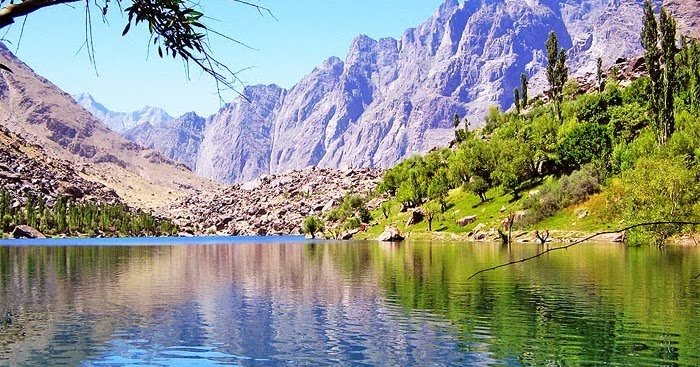

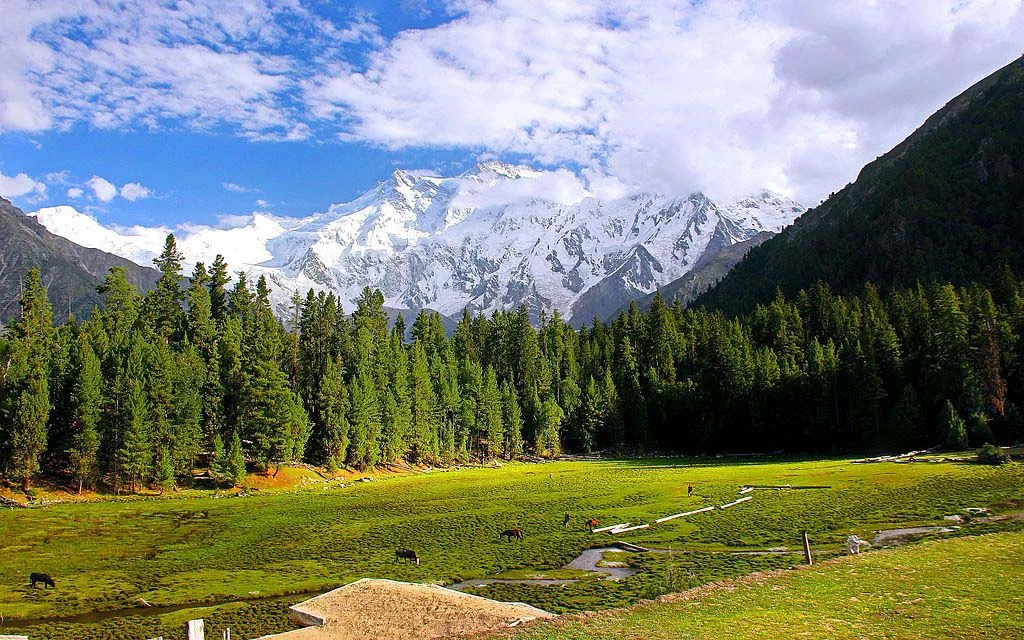
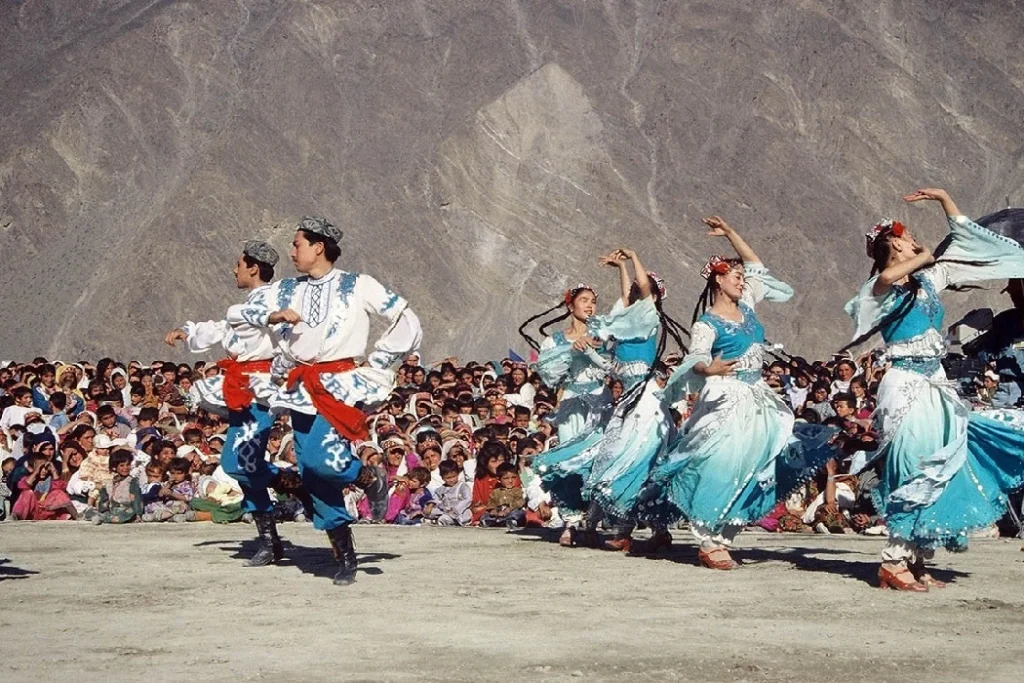
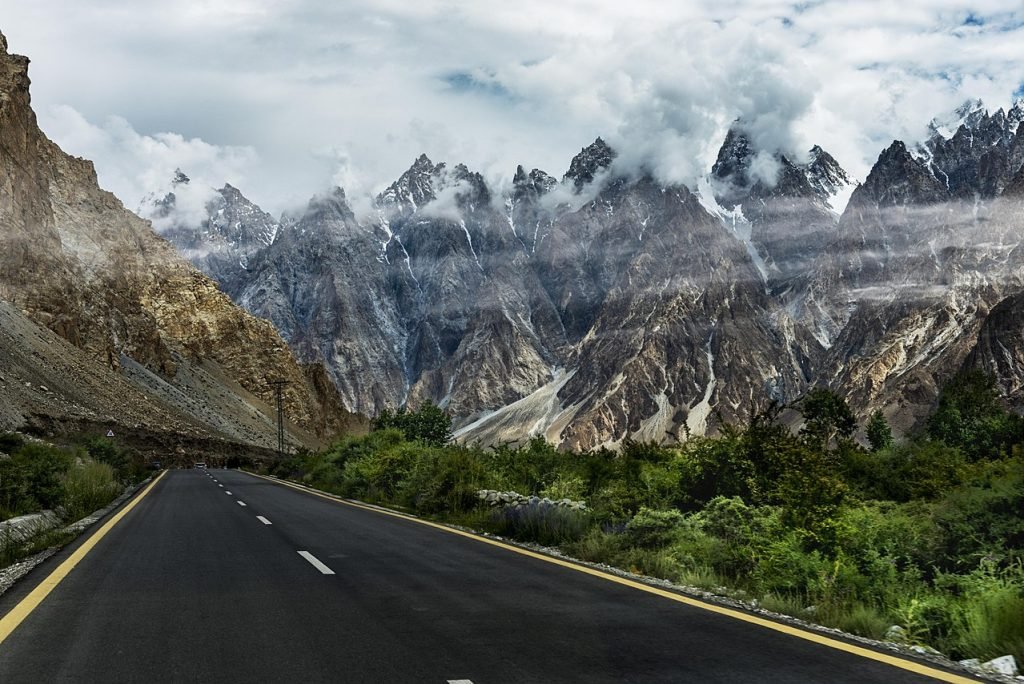
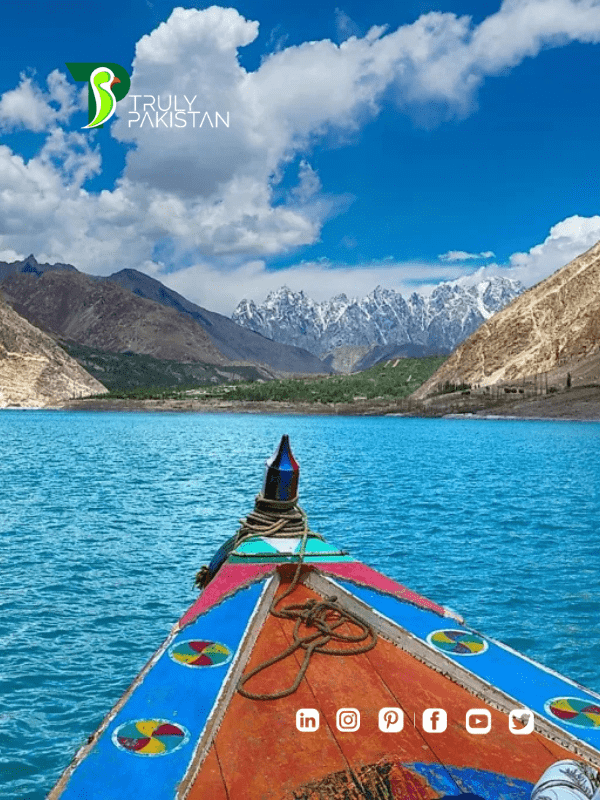
One thought on “Complete Guide to Gilgit Tourism: Hidden Gems & Essential Travel Tips”